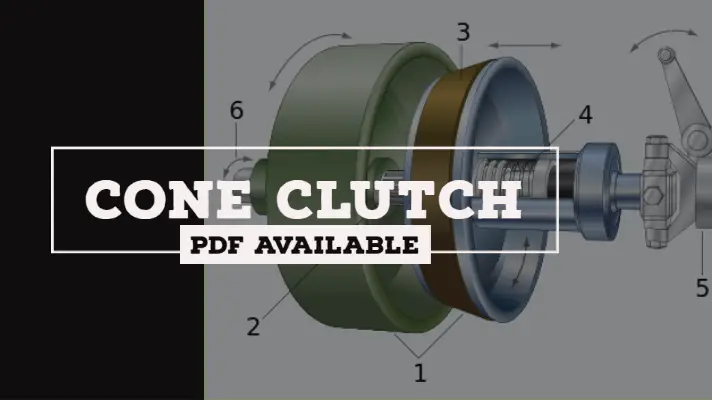Category: Automobile Engineering
LATEST ARTICLES
Hotchkiss Drive: Parts, Working Principle, Advantages, Disadvantages and Applications [PDF]
Hotchkiss drive is the most widely used type of Rear axle drive. It is also simplest compared to Torque Tube drive. In all the drives which are employed for rear axles, the springs take the weight of the body. Types of Rear Axle Drives: There are many types of drives, out of which two are […]
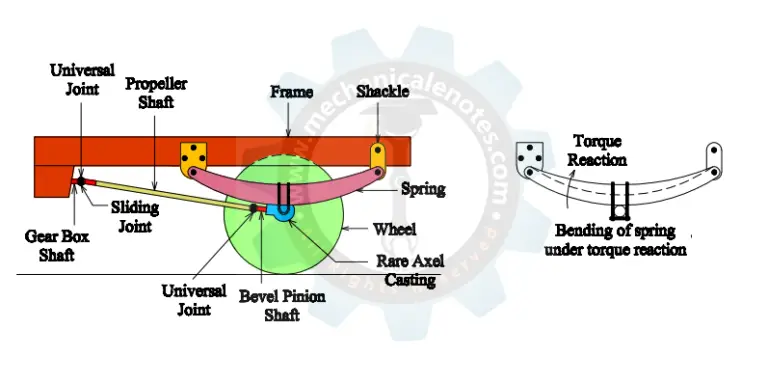
Overdrive in Automobile: Parts, Working Principle, Advantages, Disadvantages and Applications [PDF]
In general, the speed of the wheel is less than the engine speed. but if you want to increase the speed of the wheel greater than the engine speed, then we need to use a device and that is discussed below. Definition of Overdrive: The device that is used to increase the speed of the […]
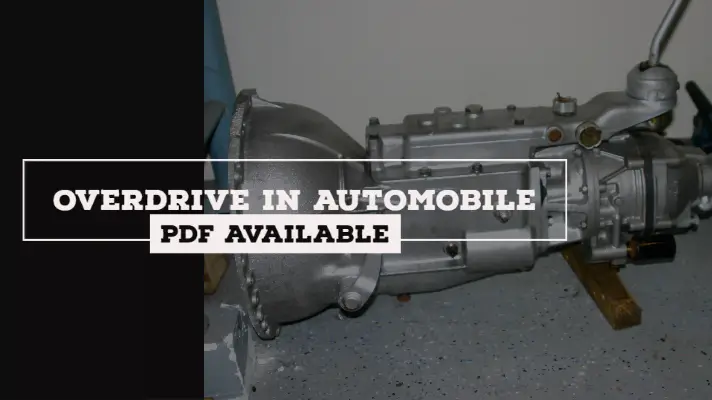
Epicyclic Gearbox: Components, Working Principle, Advantages, Disadvantages, and Applications [PDF]
Epicyclic Gearbox is also known as Planetary Gearbox or Planetary Gear Train or Epicyclic Gear Train. It is used as a transmission system to get various speed ratios in forward as well as in reverse directions. Introduction of Transmission Systems: As you know that they are two types of Transmission systems. One is Manual Transmission […]
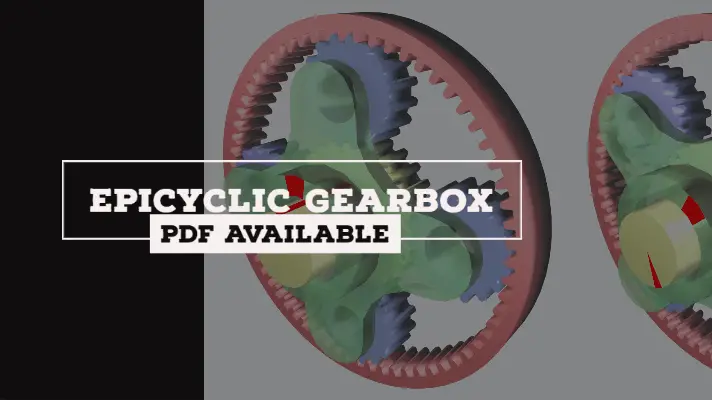
Synchromesh Gearbox: Construction, Working Principle, Advantages, Disadvantages, and Applications [PDF]
Synchromesh Gearbox is similar to the Constant Mesh Gearbox in which dog clutches in the Constant Mesh Gearbox are replaced by Synchromesh devices for smoother engagement of gears. The gears on the main shaft are free to rotate w.r.t the main shaft whereas the gears on the layshaft are fixed I.e. there is no relative […]
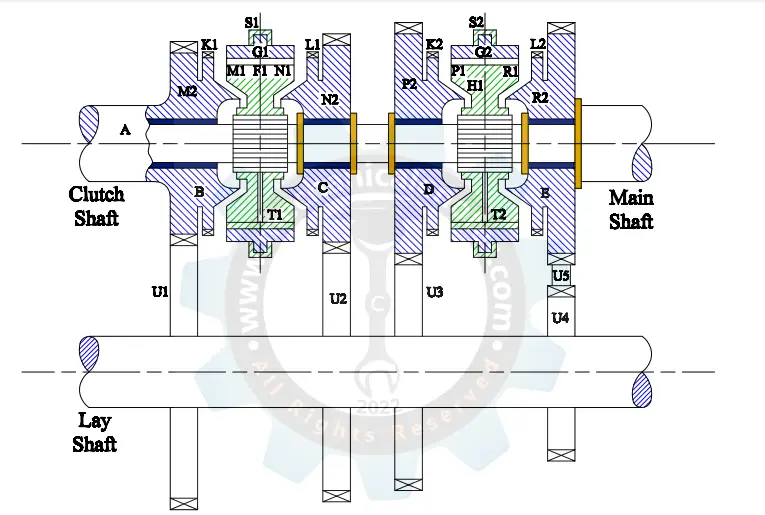
Constant Mesh Gearbox: Components, Working Principle, Advantages, Disadvantages, Applications [PDF]
This is one of the transmission systems in automobiles which is advanced of Sliding Mesh Gearbox. Constant Mesh Gearbox will come under Manual Transmission and overcome the limitations of Sliding Mesh Gearbox, the Constant Mesh Gearbox has come into the picture. There are 3 types of Gearbox present in the subject of Automobile Engineering. They […]
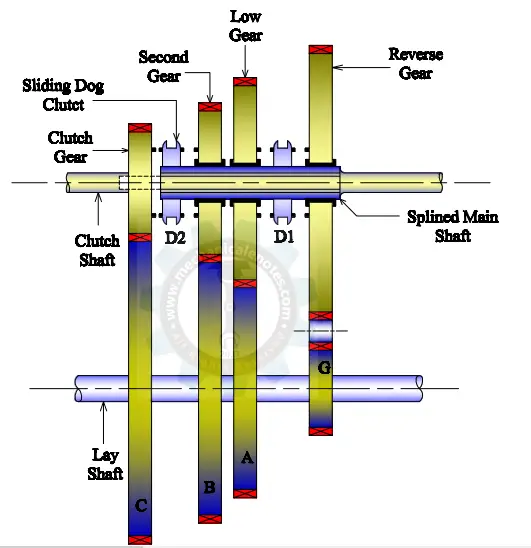
Sliding Mesh Gearbox: Components, Working, Advantages, Disadvantages, and Applications [PDF]
In automobiles, Sliding Mesh Gearbox is one of the transmission systems which is of the oldest type. As we have two types of Transmission systems, one is Manual Transmission and the other is Automatic Transmission. In the last session, we discussed the Cone clutch, Electromagnetic clutch, and Single Plate Clutch, and we are moving towards […]
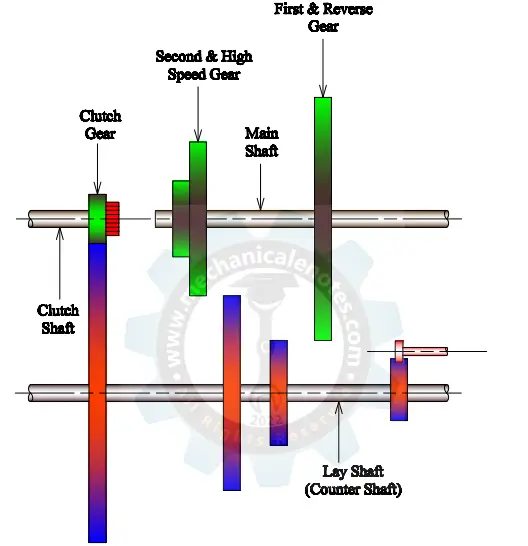
Differential: Functions, Parts, Woking, Advantages, Disadvantages, and Applications [PDF]
The differential is an integral part of all the four-wheelers. The wheels receive power from the engine via a drive shaft or a propeller shaft. In the last session , we had discussed about Classification of Chasis, Ignition Systems and Electrical fuel Pumps. Whereas in Todays session, we will discuss on How Differential Works? Functions […]
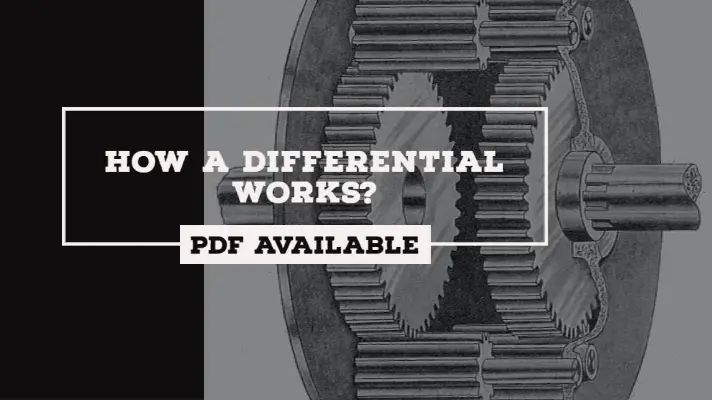
Single Plate Clutch: Components, Working Principle, Advantages, Disadvantages, and Applications [PDF]
In the single-plate clutch, a friction plate (clutch plate) is held in between flywheel and the pressure plate. The Single plate clutch is used to transmit a small amount of power compared to the multi-plate clutch. The single-plate clutch is used in trucks, cars, buses, etc. Line Diagram of Single Plate Clutch: The line diagram […]
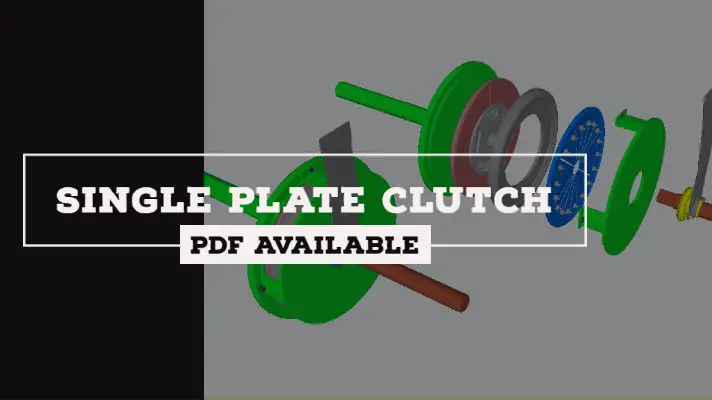
Electromagnetic Clutch: Components, Working Principle, Advantages, Disadvantages, Applications [PDF]
Electromagnetic clutch works with the help of electrical winding embedded in the flywheel. The engagement and disengagement of the clutch can be done by ionizing and deionizing the winding placed in the flywheel. As we know that we have different types of Friction clutches and Electromagnetic clutch is one of the types of clutches. The […]
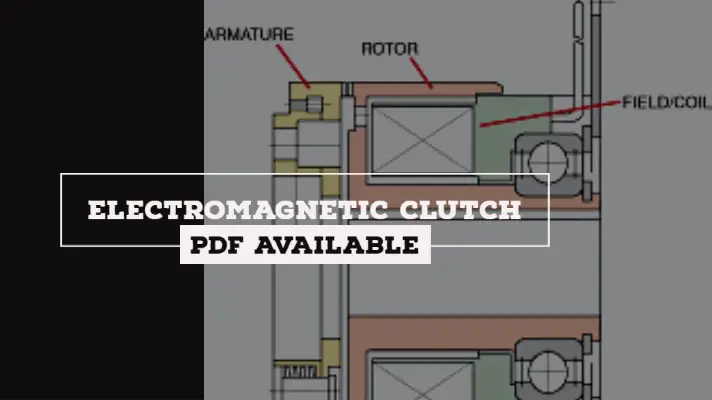
Cone Clutch: Parts, Working Principle, Advantages, Disadvantages, and Applications [PDF]
The function of the clutch is to engage and disengage the power transmission from the engine to the gearbox whereas, in the cone clutch, normal forces are acting on the contact surfaces which are larger than the axial forces compared to a single plate clutch. As we have different types of friction clutches and cone […]
